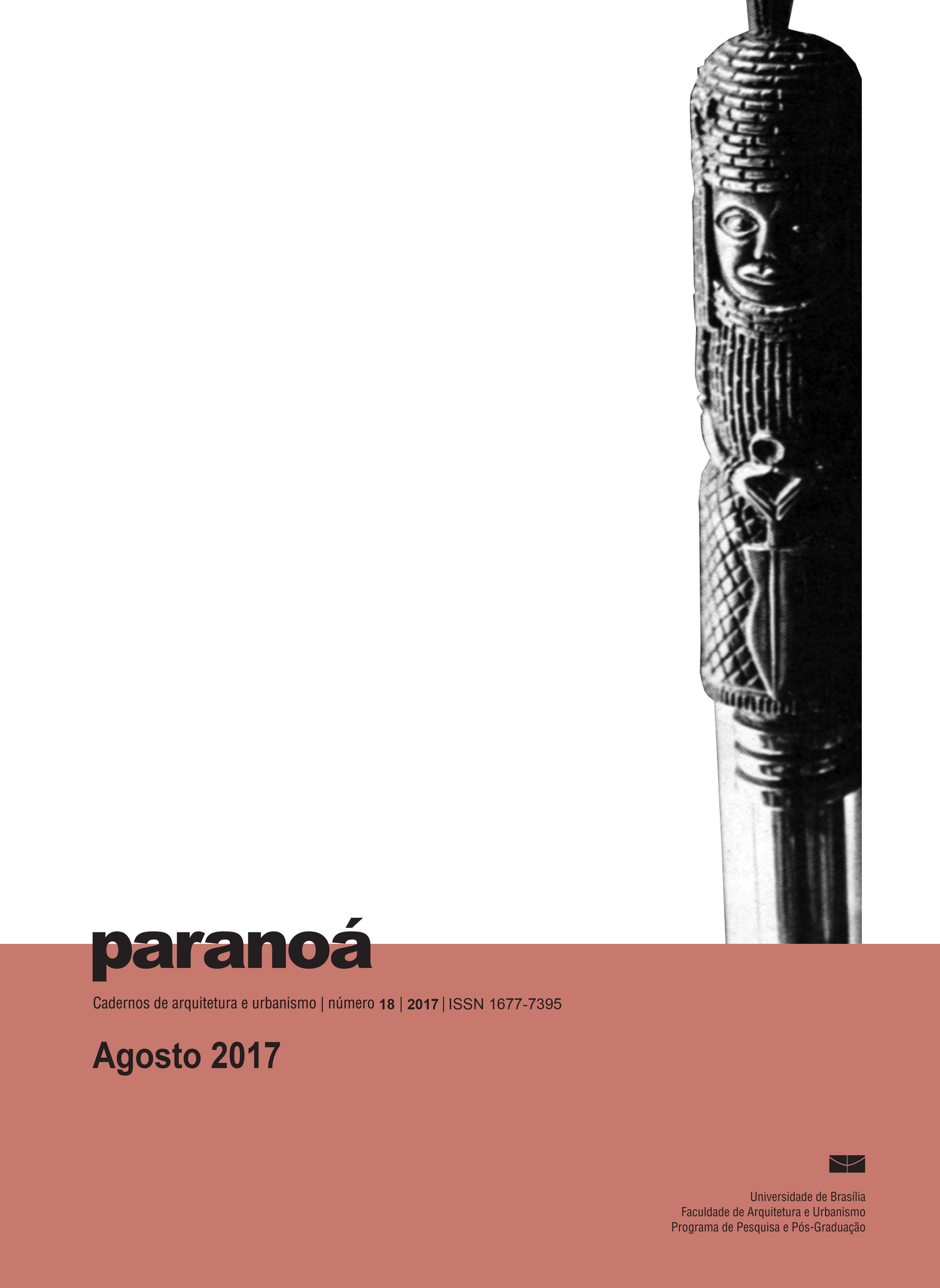A formação de núcleos urbanos no Brasil Colônia: procedimentos para elevar freguesias a vilas na Capitania de São Paulo na segunda metade do século XVIII
DOI:
https://doi.org/10.18830/issn.1679-0944.n18.2017.10Keywords:
Captaincy of São Paulo, Parishes, Town elevations, Urban form, Territorial dismemberments, Late eighteenth centuryAbstract
Municipal institutions were essential tools in the consolidation and defense of the territories of the Portuguese Crown in Brazil. During the government of Don Luis Antonio de Souza Botelho Mourão (1765-1775), the power of the Crown in the captaincy of São Paulo has strengthened, from military actions, sugar production for export and the creation of a network of urban centers. His successors sought to improve the structures that would ensure the flow of people and goods within the territory and consolidate their borders. This paper is a comparative analysis of practices and discourses involved in the elevation of three parishes to the status of town in 1797 by the then Governor of the captaincy Castro e Mendonça (1797-1802): Jaguary, Campinas, Araraytaguaba belonging to Atibaia, Jundiaí, and Itu. The research demonstrates that each elevation responds to a strategy of the consolidation of the territory. The case studies were based on primary documents that represent the Crown’s control instruments of the territory: cartography, relations of population and official correspondence of Governors and of the Chambers of the towns. The work elucidates the processes of urban creation in São Paulo in the late eighteenth century, highlighting the role of the Crown’s agents, and demonstrating that the uses of legal and regulatory mechanism were crucial to establish attributes of urbanity in these towns.
Downloads
Downloads
How to Cite
Issue
Section
License
Autores que publicam nesta revista concordam com os seguintes termos:
- Autores mantém os direitos autorais e concedem à revista o direito de primeira publicação, com o trabalho simultaneamente licenciado sob a Licença Creative Commons Attribution que permite o compartilhamento do trabalho com reconhecimento da autoria e publicação inicial nesta revista. http://creativecommons.org/licenses/by/4.0
- Autores têm autorização para assumir contratos adicionais separadamente, para distribuição não-exclusiva da versão do trabalho publicada nesta revista (ex.: publicar em repositório institucional ou como capítulo de livro), com reconhecimento de autoria e publicação inicial nesta revista.
- Autores têm permissão e são estimulados a publicar e distribuir seu trabalho online (ex.: em repositórios institucionais ou na sua página pessoal) a qualquer ponto antes ou durante o processo editorial, já que isso pode gerar alterações produtivas, bem como aumentar o impacto e a citação do trabalho publicado (Veja O Efeito do Acesso Livre).















